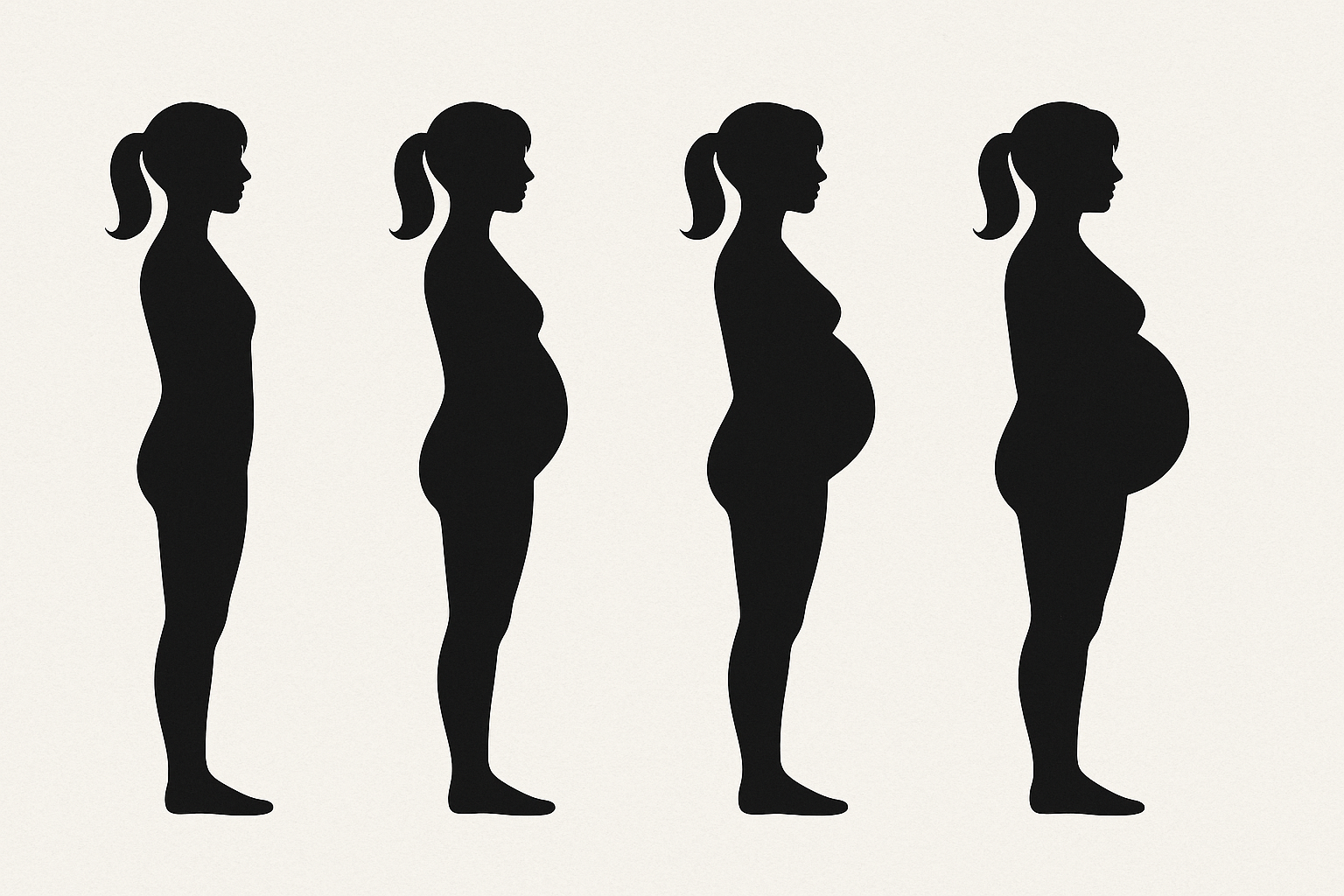I frequently run into patients who tell me they have had to give up squatting exercises because of aggravated knee pain. This is extremely unfortunate since squatting is 1 of the best exercises to functionally engage the core, upper gluteal areas, lower back, and squats mimics the type of strength and stability posture we need for real-life activities.
It's all the more unfortunate since there is a pretty easy alternative to do a squat without causing me pain. Notice that you can use a ball of any size including something pretty small or even a foam roller, unlike the large ball that I use for the demonstration video.
https://www.youtube.com/watch?v=1zpZeza8lKU








